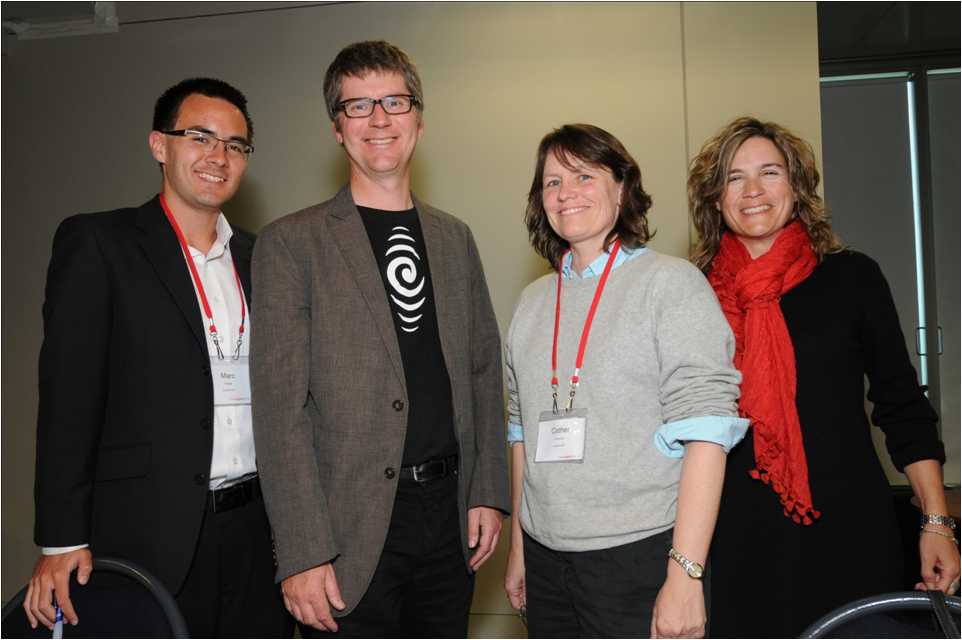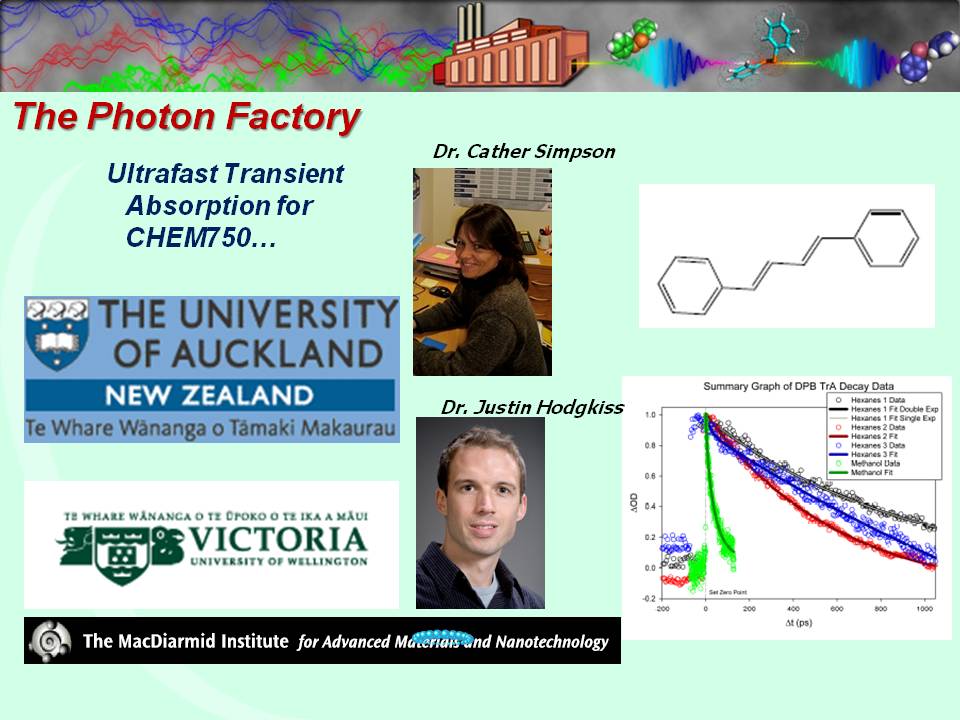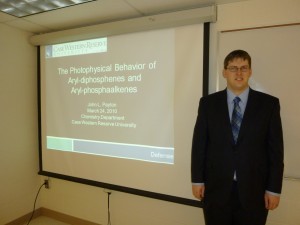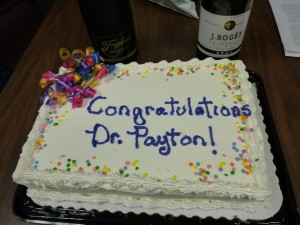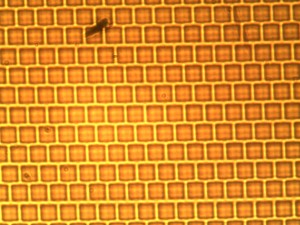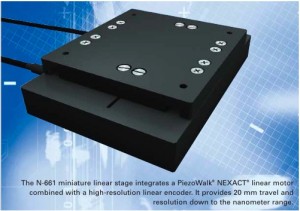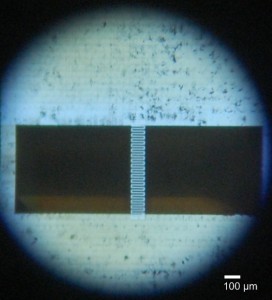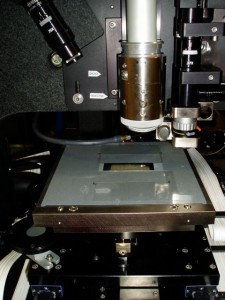To celebrate 50 years of lasers, Radio NZ had a laser-centric feature during ‘Our Changing World’ on Thurday, 09 December. Cather was one of the three guests invited to speak along with Kylie Price from the Malaghan Institute of Medical Research and Justin Hodgkiss from Victoria University. The story can be heard here.

